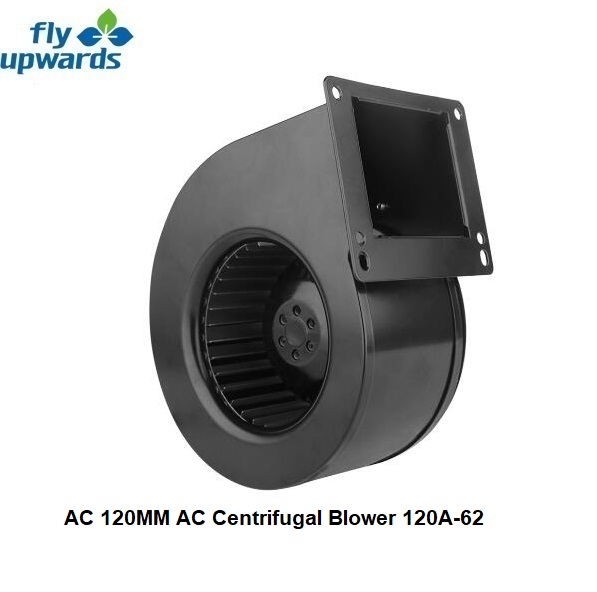Materials Used in the Construction of AC Forward Curved Fans: Impact on Durability and Performance
2024-05-21
Air conditioning (AC) systems rely on efficient fans to circulate air effectively. Among the various types of fans used in HVAC applications, forward curved fans are known for their compact design and high efficiency. The materials used in the construction of these fans play a crucial role in determining their durability, performance, and overall effectiveness. In this blog, we'll explore the common materials used in the construction of AC forward curved fans and how they affect their durability and performance.
Common Materials Used in AC Forward Curved Fans
1. Steel
Steel is a commonly used material for the construction of fan housings and support structures. It offers excellent strength and durability, making it suitable for heavy-duty applications. Steel components are often powder-coated or galvanized to enhance corrosion resistance, ensuring longevity, especially in outdoor or harsh environments.
2. Aluminum
Aluminum is valued for its lightweight nature and corrosion resistance. It is commonly used for fan blades due to its ability to be formed into intricate shapes while maintaining strength and stiffness. Aluminum blades are often anodized or coated to improve surface hardness and resistance to wear.
3. Plastics
Various thermoplastics, such as ABS (Acrylonitrile Butadiene Styrene) and polypropylene, are used in the construction of fan components, particularly in smaller and lighter-duty applications. Plastic materials offer advantages such as corrosion resistance, reduced weight, and cost-effectiveness. However, they may not be as durable as metal counterparts and may be prone to deformation or degradation over time, especially in high-temperature environments.
4. Composite Materials
Composite materials, such as fiberglass-reinforced plastics (FRP), are gaining popularity in fan construction due to their excellent strength-to-weight ratio and corrosion resistance. These materials offer durability comparable to metals while being lighter and more corrosion-resistant. Composite blades can provide superior aerodynamic performance and efficiency compared to traditional metal blades.
Impact on Durability
The choice of materials significantly impacts the durability of AC forward curved fans:
- Steel: Offers excellent durability and can withstand heavy-duty usage and harsh environments. Proper coatings further enhance corrosion resistance.
- Aluminum: Provides a balance between strength and weight, suitable for applications where weight is a concern. However, aluminum may not be as durable as steel in certain environments.
- Plastics: While lightweight and corrosion-resistant, plastic components may have a shorter lifespan compared to metal counterparts, particularly in high-temperature or demanding conditions.
- Composite Materials: Offer durability comparable to metals but with the added benefits of reduced weight and superior corrosion resistance. However, they may be more costly upfront.
Impact on Performance
The materials used in AC forward curved fans also affect their performance:
- Steel: While durable, steel components may add weight and increase inertia, potentially impacting fan performance, especially in high-speed applications.
- Aluminum: Lightweight aluminum blades offer good aerodynamic performance and can contribute to overall fan efficiency. However, they may not be as robust as steel blades.
- Plastics: Plastic components may have limitations in terms of temperature resistance and structural integrity, which can affect performance, particularly in demanding applications.
- Composite Materials: Composite blades can offer superior aerodynamic performance and efficiency compared to traditional metal or plastic blades. Their lightweight nature reduces inertia and energy consumption, contributing to overall system efficiency.
Conclusion
The materials used in the construction of AC forward curved fans play a critical role in determining their durability and performance. While metals like steel and aluminum offer excellent strength and durability, newer materials like composites provide lightweight alternatives with superior corrosion resistance. Plastic materials are cost-effective but may lack the durability required for certain applications. Ultimately, selecting the right materials involves considering factors such as environmental conditions, performance requirements, and budget constraints to ensure optimal fan performance and longevity in HVAC systems.



